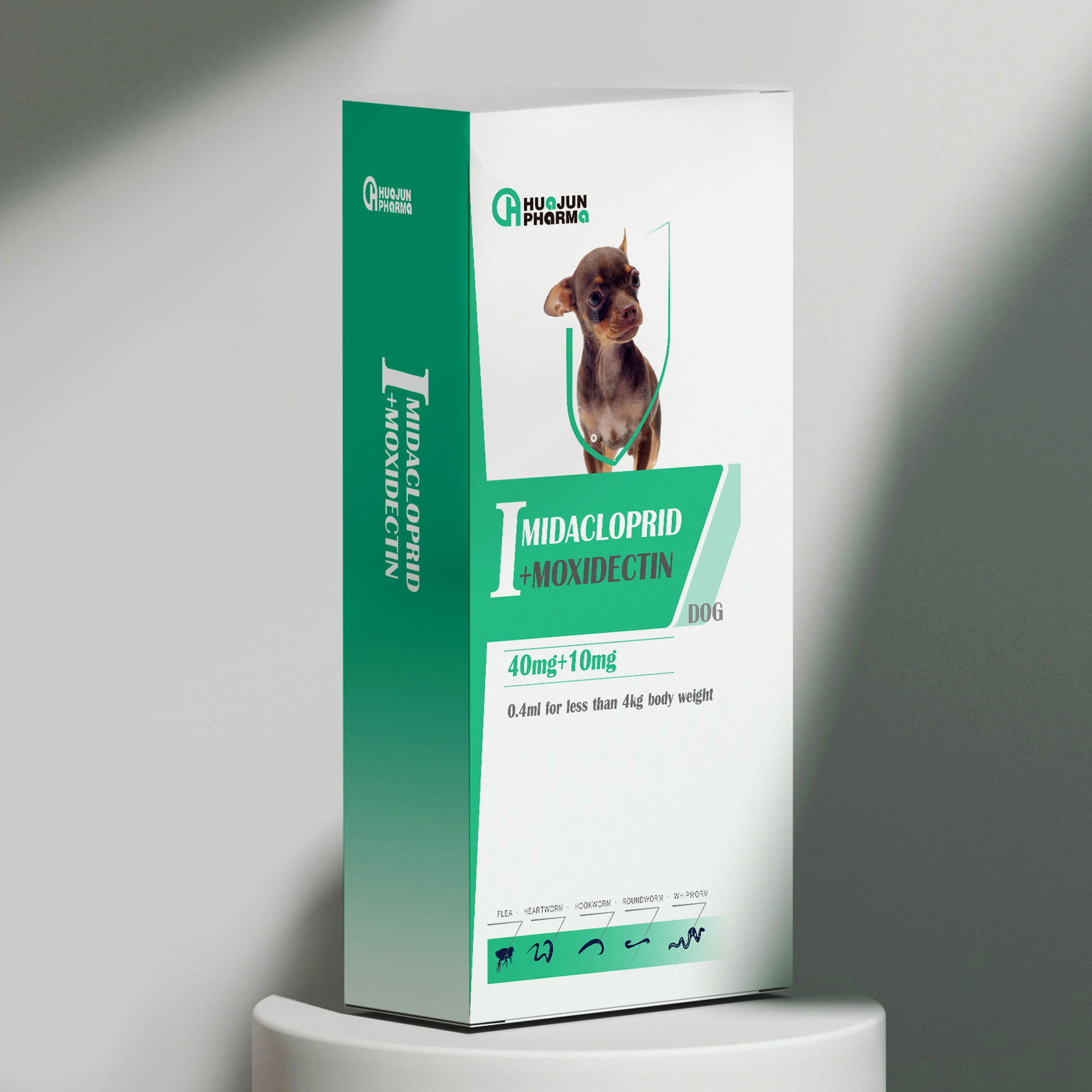
Oct . 17, 2024 13:46 Back to list
pseudomonas aeruginosa manufacturer
Understanding Pseudomonas aeruginosa A Comprehensive Overview for Manufacturers
Pseudomonas aeruginosa is a gram-negative, opportunistic pathogen that is widely recognized for its clinical significance and environmental versatility. This bacterium is a common inhabitant of soil and water, making it a highly adaptable organism capable of surviving in diverse conditions. Due to its natural resistance to many antibiotics and its ability to form biofilms, Pseudomonas aeruginosa poses considerable challenges in both medical and industrial settings. This article aims to provide manufacturers with essential information about Pseudomonas aeruginosa, its implications, and best practices for handling it.
Biological Characteristics
Pseudomonas aeruginosa is characterized by its rod shape and flagella, which contribute to its motility. This bacterium is capable of utilizing various carbon sources, allowing it to thrive in environments with limited nutrients. Pseudomonas aeruginosa is also known for its characteristic blue-green pigment, pyocyanin, which can be seen in cultures and is associated with its pathogenicity. Furthermore, the production of exopolysaccharides aids in biofilm formation, a crucial factor in its persistence in both clinical and ecological niches.
Clinical Relevance
In healthcare settings, Pseudomonas aeruginosa is notorious for causing a range of infections, particularly in immunocompromised patients. It is a significant pathogen in cystic fibrosis patients, burn victims, and those with implanted medical devices. The bacterium is associated with high morbidity and mortality rates due to its intrinsic antibiotic resistance, which complicates treatment options. Moreover, the ability to acquire resistance genes from other bacteria enhances its survival in hospital environments, making it a major concern for infection control.
Manufacturing Implications
For manufacturers, particularly those in the pharmaceutical, medical device, and food industries, understanding the implications of Pseudomonas aeruginosa is vital. Contamination by this bacterium can result in product recalls, financial losses, and damage to brand reputation. Therefore, stringent contamination controls and effective cleaning and sterilization protocols are essential to mitigate risks associated with Pseudomonas aeruginosa.
pseudomonas aeruginosa manufacturer

Best Practices for Manufacturers
1. Regular Testing Implement routine microbiological testing of raw materials, production environments, and finished products to detect the presence of Pseudomonas aeruginosa. This proactive approach helps to identify potential contamination before it becomes a significant issue.
2. Environment Control Maintain a clean and controlled environment in manufacturing areas. Use HEPA filters, regular sanitation protocols, and appropriate air quality controls to limit the conditions conducive to the growth of Pseudomonas aeruginosa.
3. Employee Training Ensure all staff are trained in best practices for hygiene and contamination control. Awareness of the risks associated with Pseudomonas aeruginosa is crucial for preventing its introduction into manufacturing processes.
4. Material Selection Opt for materials and components that are less prone to microbial contamination. The use of non-porous, easy-to-clean materials may help minimize the risk of harboring Pseudomonas aeruginosa.
5. Collaborative Research Engage in research collaborations that focus on the pathogenic mechanisms and antibiotic resistance patterns of Pseudomonas aeruginosa. Knowledge gained from such studies can inform manufacturing practices and product development.
Conclusion
Understanding Pseudomonas aeruginosa is essential for manufacturers aiming to ensure product safety and efficacy. By implementing stringent control measures, conducting regular testing, and fostering employee awareness, manufacturers can significantly mitigate the risks associated with this opportunistic pathogen. Adopting a proactive approach will ultimately enhance product integrity and protect public health, reinforcing the manufacturer's commitment to quality and safety.
-
Premium Young Chicken - Leading Young Chicken Manufacturer & Supplier for Fresh Poultry Needs
NewsJul.08,2025
-
Enterococcus Faecalis Mold Remover – Powerful & Safe Solution from Trusted Manufacturer
NewsJul.08,2025
-
Premium Diarrhea Treatment Solutions Leading Diarrhea Factories & Suppliers
NewsJul.08,2025
-
High-Quality Blisters Manufacturer & Supplier Reliable Blisters Factory
NewsJul.07,2025
-
High-Quality Skeleton Development Services Leading Factory, Manufacturer & Supplier
NewsJul.07,2025
-
High-Quality Cockscomb Turns White Reliable Manufacturer & Supplier Factory
NewsJul.07,2025




